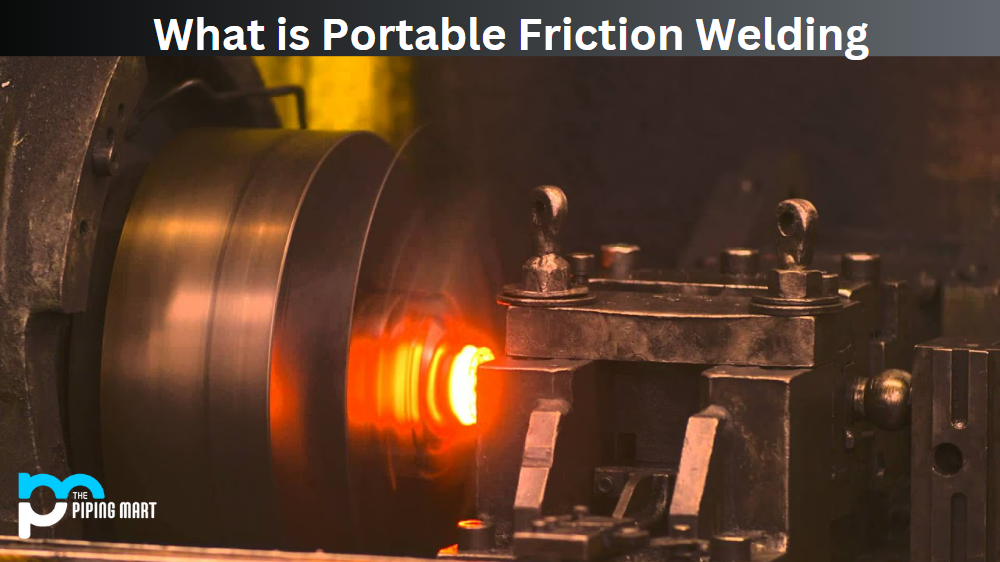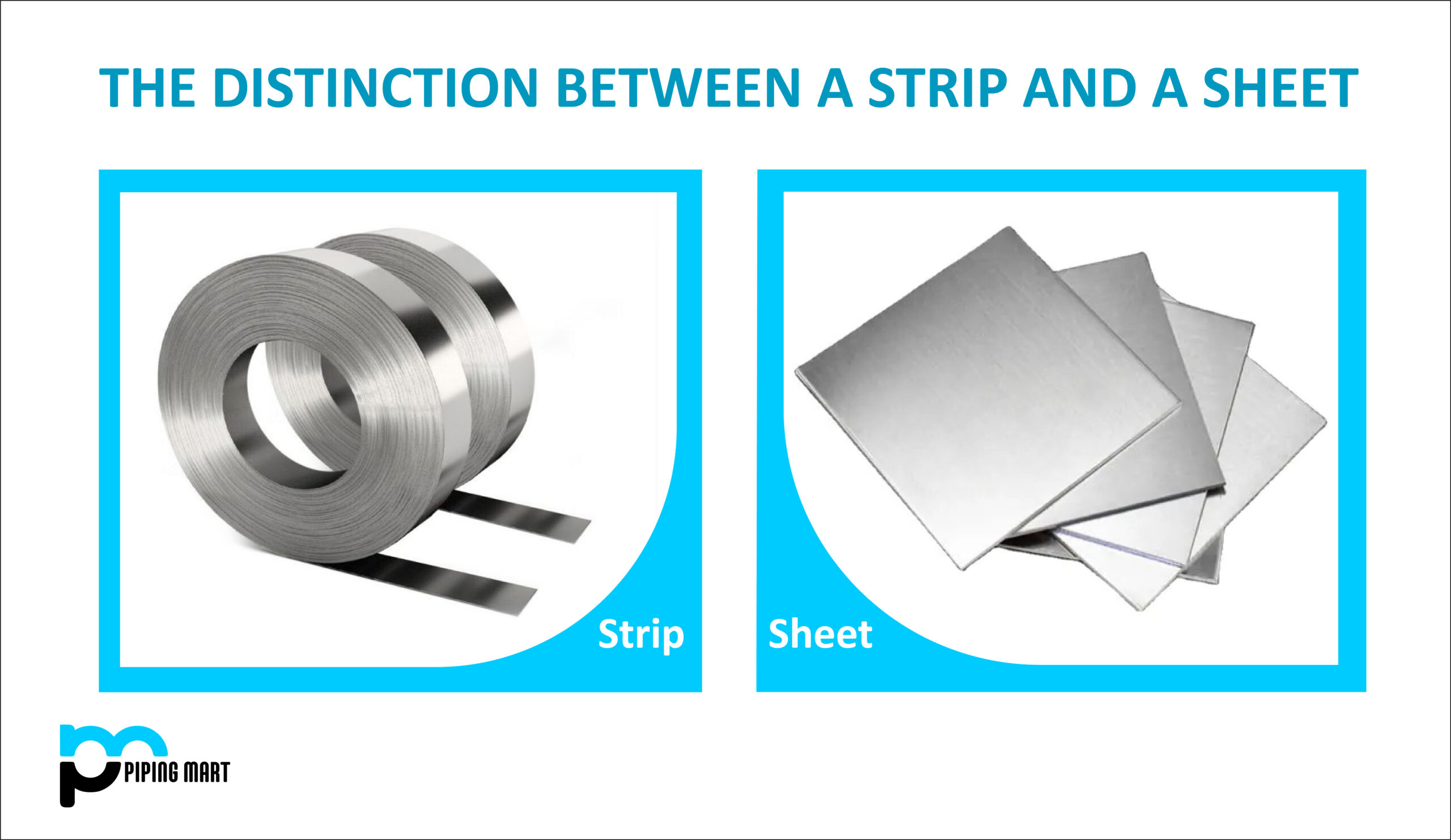Portable friction welding is a revolutionary new way of joining two materials together. Unlike traditional welding techniques, which require large, expensive equipment, portable friction welding is a relatively inexpensive and easy process that can be done in the field. In this blog post, we’ll explore portable friction welding and how it works.
What is Portable Friction Welding?
Portable friction welding is a metallurgical joining process that involves heat generated from rubbing two materials together at high speed. This causes the materials to fuse and become one solid piece. This process is often used to weld pieces of metal or plastic together, but it can also be used to join glass and ceramics. The speed at which these materials are rubbed together can reach up to 200 revolutions per minute (RPM).
Portable Friction Welding Uses
Portable friction welding has many practical uses in various industries. It is often employed in automotive engineering, where it can be used to connect components such as suspension parts, exhaust systems, and engine blocks. It is also widely used in aerospace applications due to its ability to create strong bonds between lightweight aluminium alloys without needing additional support structures or adhesives. Finally, portable friction welding has proven helpful in medical device manufacturing due to its ability to create sterile connections between two pieces of metal or plastic that are both lightweight and durable.
Portable Friction Welding Process
The process of portable friction welding consists of three steps: pre-weld cleaning, contact phase, and post-weld cooling phase. During the pre-weld cleaning phase, any dirt or debris must be removed from the surfaces of both pieces being joined before they are placed into position for joining—this will ensure that there won’t be any disruption during the contact phase when they are being rubbed together at high speed. The contact phase occurs when the two pieces are rotated against each other while they are held securely in place with clamps; heat is generated from the friction between them, which causes them to bond together into one solid piece over time. Finally, once they have been bonded together, they must be cooled down slowly so that their integrity remains intact; this cooling period could take anywhere from several seconds up to several hours, depending on the size and type of material being joined by portable friction welding.
- Portable friction welding is a welding process that joins two pieces of metal together.
- The process works by heating the two pieces of metal with friction, which causes the metal to melt and fuse.
- Portable friction welding is a relatively new welding process and has many advantages over traditional welding processes.
- Some advantages of portable friction welding include its portability, ability to weld metals of different thicknesses, and high speed.
- Portable friction welding is ideal for many applications, including automotive manufacturing, aerospace manufacturing, and shipbuilding.
Conclusion:
Portable friction welding is an innovative metallurgical joining process that allows two materials to be fused without using traditional welding methods or expensive equipment. This process can be used on various materials, including metals, plastics, glass, and ceramics—making it useful for applications such as automotive engineering, aerospace engineering, and medical device manufacturing. The actual process consists of pre-weld cleaning followed by a contact phase where heat is generated by rotating the two pieces against each other at high speed until they bond into one solid piece, finally cooling down slowly so that their integrity remains intact and completes the entire cycle before repeating if necessary! With its versatility and affordability compared with traditional welding/joining metals or plastics – portable friction welding continues gaining popularity amongst engineers across multiple industries today!

Abhishek is a seasoned blogger and industry expert, sharing his insights and knowledge on various topics. With his research, Abhishek offers valuable insights and tips for professionals and enthusiasts. Follow him for expert advice on the latest trends and developments in the metal industry.




